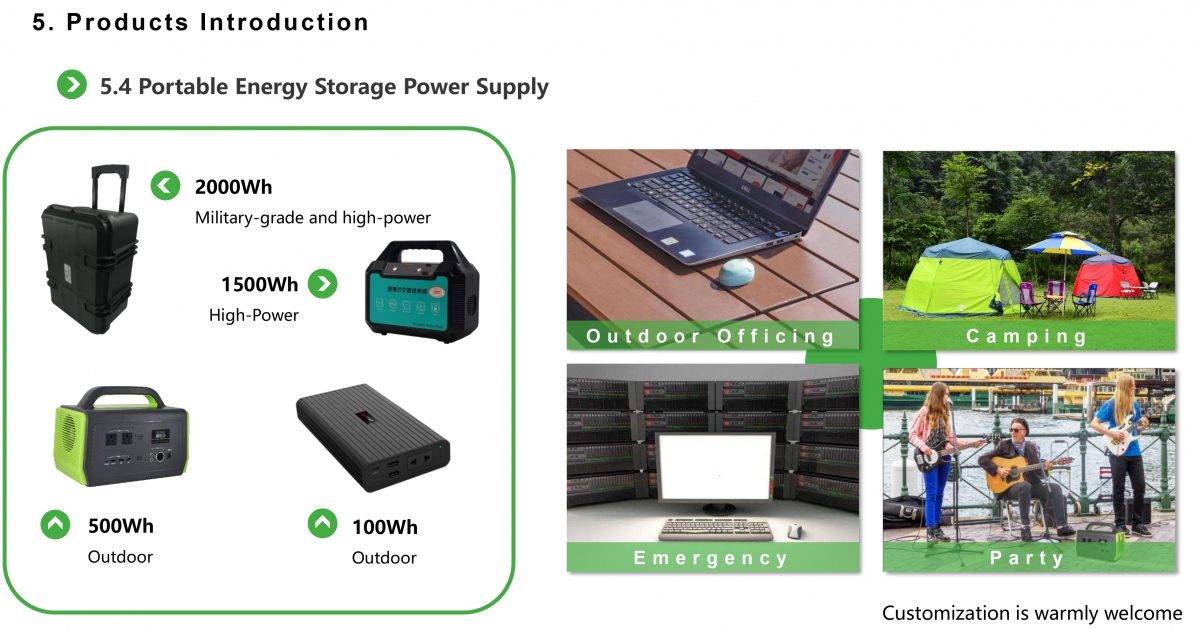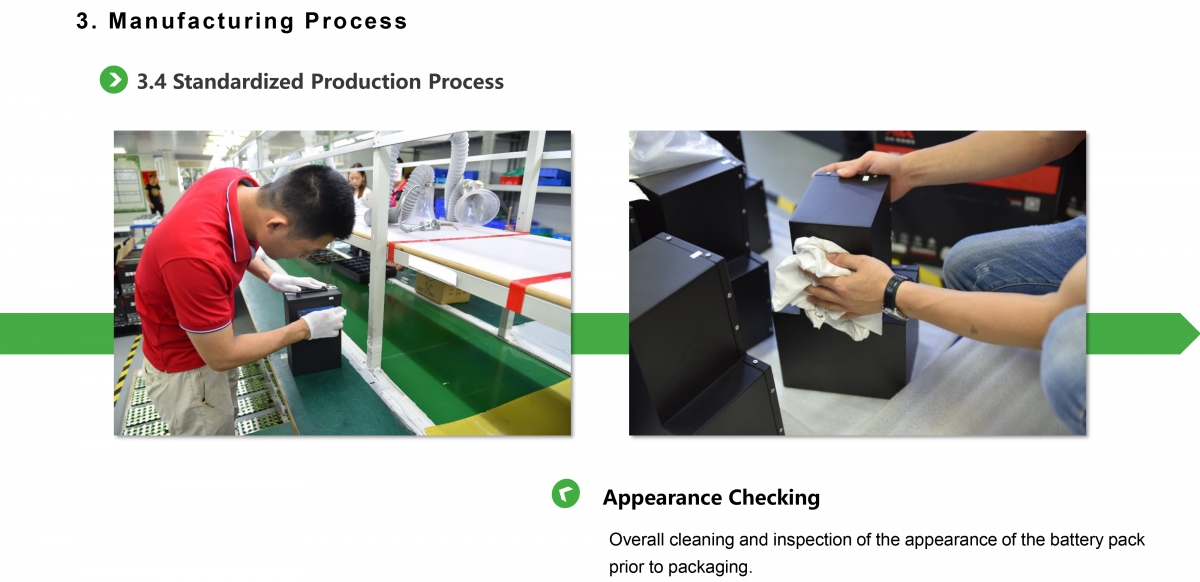- 12
- Nov
Difference between NMC battery and lithium iron phosphate battery from 5 angles
Although there is news of solid-state batteries recently, there are still many difficulties to be solved for solid-state batteries. There is still a long way to go for its commercial mass production and application in new energy vehicles. 48VAGV lithium battery.jpg

The current mainstream of power batteries is still ternary batteries and lithium iron phosphate batteries. In the past period of time, lithium iron phosphate batteries have been gaining momentum, and more and more new energy passenger vehicles have switched from ternary batteries to lithium iron phosphate batteries.
This article looks at the difference between ternary batteries and lithium iron phosphate batteries from five perspectives: safety, energy density, low-temperature discharge, charging efficiency, and cycle life.

1. Security
The blade battery is a lithium iron phosphate battery. The blade battery has proven that it can pass the harsh acupuncture test, while the ternary battery cannot. Therefore, the lithium iron phosphate battery is a safer battery than the ternary battery.
In addition, the thermal stability of lithium iron phosphate cathode material itself is much better than that of ternary lithium. It has extremely high stability within 500 degrees Celsius. Thermal runaway occurs when it exceeds 800 degrees Celsius. In addition, even if thermal runaway occurs, The heat release of lithium iron phosphate battery is also very slow, and it will not release oxygen when it is decomposed, reducing the risk of fire.
In contrast, ternary lithium batteries begin to dissolve at around 300 degrees Celsius. In the spontaneous combustion of new energy vehicles, ternary lithium battery models do take up a larger proportion.
2. Energy density
According to public information from domestic companies, it is common for high-end ternary batteries to have a single energy density of 250Wh/kg or more, while the current domestic lithium iron phosphate battery has a single energy density of about 180Wh/kg.
From this point of view, the ternary battery has a better energy density than the lithium iron phosphate battery.
Although the blade battery developed by BYD has improved the recombination efficiency of the battery cell, and the volumetric energy density has increased by up to 50%, this is a structural change. The individual energy density of the lithium iron phosphate battery has not increased.
3. Low temperature discharge
In comparison, at minus 20 degrees Celsius, ternary lithium batteries have obvious advantages over lithium iron phosphate batteries.
The details are shown in the figure below:
image.png
Image source: Electronic Forum
4. Charging efficiency
At present, the most common charging method on the market is constant current and constant voltage charging. It is generally implemented at the beginning of charging. Constant current charging is used first. At this time, the current is larger and the charging efficiency is relatively higher. When the voltage reaches a certain value, it will decrease. The current is changed to constant voltage charging, so that the battery can be charged more fully.
In this process, the ratio of the constant current charging capacity to the total battery capacity is called the constant current ratio, which is a key value to measure the charging efficiency of a group of batteries during charging. Usually, the larger the percentage, the more the electricity charged in the constant current stage. The higher it is, the higher the charging efficiency of the battery is proved.
The ratio of the total charge and discharge current to the total battery is the charge and discharge rate. It can be seen from the data that when the ternary lithium battery and the lithium iron phosphate battery are charged at a rate below ten times, there is no significant difference in the constant current ratio. The constant current ratio of the iron-lithium battery is rapidly reduced, and the charging efficiency is rapidly reduced. It can be seen that the ternary lithium battery has a greater advantage in terms of charging efficiency.
5. Cycle life
If the remaining capacity is 80% of the initial capacity as the end of the test, the current laboratory test of the lithium iron phosphate battery has a cycle life of more than 3,500 times, and some have reached 5,000 times.
The test cycle life of the ternary lithium battery is about 2500 times. At the point of cycle life, the lithium iron phosphate battery has a much longer real life than the ternary lithium battery.
Under the same number of cycles, the remaining capacity of the lithium iron phosphate battery is only a lot more than that of the ternary lithium battery. The ternary lithium battery is cycled 3900 times and the remaining capacity is 66%. The lithium iron phosphate battery is cycled 5000 times and the remaining capacity is 84%. Lithium iron phosphate battery has obvious advantages.
From the above analysis, it can be seen that lithium iron phosphate has obvious advantages in terms of safety and cycle life; ternary batteries are superior in energy density, low-temperature discharge, and charging efficiency.
Of course, it is not to say which of the two batteries is better, because they all have their own excellent application scenarios.
与此原文有关的更多信息要查看其他翻译信息,您必须输入相应原文
